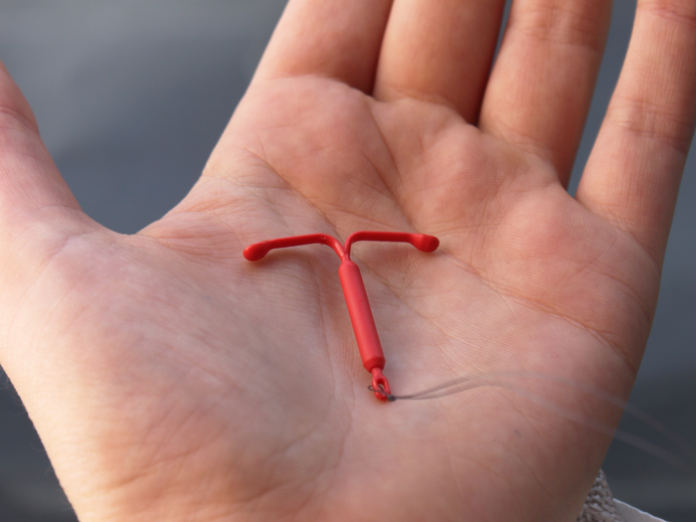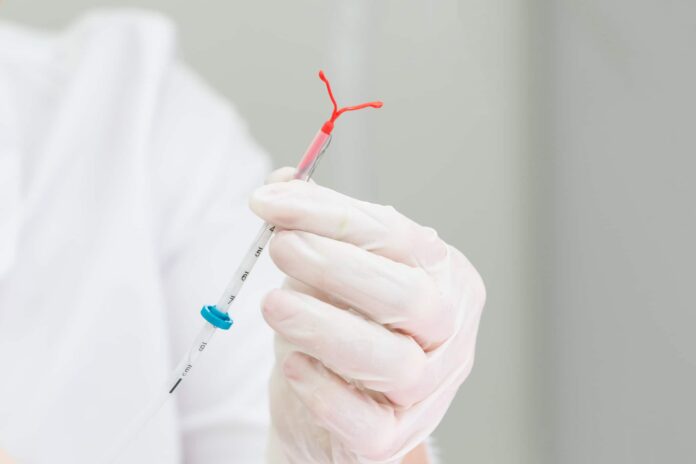
Table of Contents
In recent years, Paragard, a hormone-free intrauterine device (IUD), has been at the center of a legal storm. Women across the United States have come together to file lawsuits against the device’s manufacturers, Cooper Surgical and Teva Pharmaceuticals.
The lawsuits allege that the defendant had the knowledge that there are risks associated with Paragard IUD. Drugwatch notes that the judicial panel consolidated dozens of Paragard lawsuits in the Northern District of Georgia in December 2020. These lawsuits shed light on the importance of collective advocacy and the pursuit of justice in cases involving medical devices.
In this article, we will discuss the collective effort of Paragard lawsuits to address alleged design flaws of the IUD.
A Hormone-Free Birth Control Option

Introduced in 1984, Paragard is a unique IUD, providing a long-term birth control solution that lasts up to a decade. Its mechanism relies solely on copper, making it distinct from other IUDs available in the United States.
According to Medical News Today, a copper IUD does not influence ovulation or menstrual cycles, unlike hormonal IUDs. Instead, it utilizes copper’s contraceptive properties. Once inserted into the uterus, Paragard’s copper components interfere with sperm mobility, inhibiting fertilization. Additionally, it may prevent the egg from attaching to the uterine wall, a process known as implantation.
The Safety Claims
Paragard’s manufacturers have long marketed the device as an effective birth control option. According to the official Paragard website, the IUD is over 99% effective and totally safe. However, the ongoing lawsuits challenge these claims, revealing a different narrative.
In numerous cases, women have reported severe complications and injuries associated with Paragard use. These reports suggest that the device may not be as risk-free as initially portrayed. Consequently, the lawsuits have emerged as a collective effort to scrutinize the safety of this widely used contraceptive method.
The Alleged Design Flaw
At the heart of the Paragard lawsuit lies a troubling allegation: a design flaw that can result in significant harm. Women who have experienced these issues claim that the IUD can break upon extraction, leaving fragments behind in the body.
These fragments, when left behind, can lead to various complications, including infections, chronic pain, and allergic reactions. In some instances, surgical intervention becomes necessary to remove these remnants safely. This alleged design flaw has become a focal point in the legal battles against Paragard’s manufacturers.
The Growing Litigation

According to TorHoerman Law, the number of pending Paragard lawsuits is steadily increasing, underscoring the scale of concern among users. As of August 2024, over 2,000 cases are awaiting resolution in the multidistrict litigation (MDL) docket.
This growing litigation demonstrates the significant impact that Paragard’s alleged design flaw has had on women’s lives across the nation. It highlights the urgency of addressing the issues associated with this widely used birth control device.
Pursuit of Compensation
The women who have suffered injuries and complications due to Paragard’s alleged design flaw are seeking compensation. It is expected that the settlements will help mitigate the physical, financial, and emotional hardships plaintiffs have endured.
These claims aim to cover a range of costs, including medical treatment expenses and reimbursement for lost wages. The compensation will ease the pain and suffering caused by the device’s alleged defects.
Bellwether Cases and Their Impact

The impending bellwether cases are scheduled to commence in 2024 if no settlement is reached. They hold considerable significance in the Paragard lawsuits.
These bellwether cases offer an opportunity for the legal system to establish the accountability of Paragard’s manufacturers. They will provide valuable insights into potential verdicts and settlements, setting precedents for future legal actions related to the device.
The Broader Message
The Paragard lawsuits carry a significant message about collective advocacy in the realm of medical devices and patient safety. These cases show how individuals can unite to hold manufacturers accountable while seeking justice for the victims. They also underscore the role of the legal system in ensuring accountability within the healthcare industry
As this legal battle unfolds, it raises awareness about the critical importance of safety and transparency in the medical industry. Ultimately, the Paragard lawsuits highlight the power of collective advocacy to instigate positive changes and protect patients’ well-being.
Key Takeaways

The ongoing Paragard lawsuits illuminate the strength of collective advocacy when it comes to addressing design flaws in medical devices. These cases emphasize the urgency of scrutinizing the safety claims made by manufacturers and seeking justice for the victims.
Thousands of women have filed lawsuits to hold Paragard’s manufacturers accountable. These lawsuits underscore the vital role of the legal system in ensuring transparency and accountability in the healthcare industry.
Overall, these lawsuits highlight the need for collaborative effort in bringing about positive change and promising the safety of patients.
















